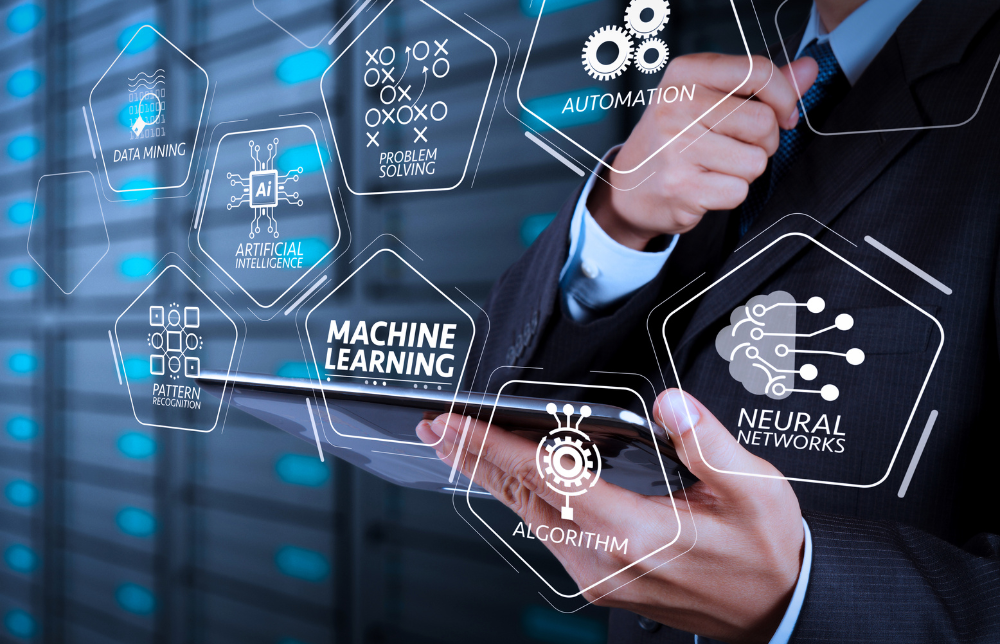Want to Create a Memorable EX in COVID Times? Don’t Forget the WHS Element
How has workplace health and safety changed since COVID-19? Before the COVID-19 pandemic, a well-evolved employee experience (EX) aimed to cultivate employee engagement, connection, purpose and belonging. Yet, as a ...

How has workplace health and safety changed since COVID-19?
Before the COVID-19 pandemic, a well-evolved employee experience (EX) aimed to cultivate employee engagement, connection, purpose and belonging. Yet, as a result of international lockdowns, remote working and compromised employee physical and psychological wellbeing, something more pressing must lie at the heart of the EX: employee wellbeing and safety.
HR expert Josh Bersin argues that we have entered EX 4.0[1] – a new era of the EX where organisations must be ready to respond quickly to crisis and enact safety protocols if, for example, there are further outbreaks of the virus. Bersin suggests that EX 4.0 is no longer the sole responsibility of HR. Instead, functional areas such as IT, facilities, and even finance and legal must be involved. The EX is now a company-wide initiative – a set of programs and strategies that keep employees productive, safe, well, and aligned. The gathering and use of employee data to develop these initiatives will also become increasingly important.
Increasing the focus on employee safety and wellbeing is a smart move to enhance the EX in these uncertain times, but there is also a legal and moral responsibility to do so. An employer’s duty of care is, ultimately, to address and mitigate risk to employees’ basic health – and COVID-19 is still a very real threat to public health.
This duty of care must also be tempered by adherence to workplace laws, including issues around employee privacy and personal data usage. For Australian businesses, the best resource to use to find out information on employee and employer rights is the Fair Work Ombudsman. New Zealand businesses should refer to Employment New Zealand. We recommend seeking professional legal advice before putting any return-to-work policy in place.
How to enhance workplace health and safety during COVID-19
Employees have several expectations from their employer if they are to be productive, engaged and healthy. Maslow’s hierarchy of needs (pictured below) represents a pyramid with five levels of needs: physiological, safety, love/belonging, self-esteem, and self-actualisation. Maslow posits that people must fulfil their basic needs (physiological: such as food, water and sleep) before moving on to their higher, more advanced needs (self-actualisation).
The 4 pillars of employee wellness
To fulfil employees’ basic needs, employers should address the four pillars of wellbeing: financial wellbeing, emotional wellbeing, physical wellbeing and social wellbeing.
Below is a brief summary of each pillar, and how COVID-19 has affected it.
- Financial wellness: Financial wellness is having enough money to meet basic needs of buying food and paying rent, which falls under the ‘physiological needs’ category. Financial wellness has been impacted due to a damaged economy, resulting in redundancies, salary cuts and concerns around job security and future prosperity.
- Physical wellness: Employees who are physically healthy are typically happier and able to better manage stress. Physical health has been directly threated by the Coronavirus.
- Social wellness: Social wellness is about interacting with loved ones and having a healthy work-life balance. Social wellness has been strained due to isolation, social distancing measures and travel restrictions prohibiting social interactions for extended periods.
- Emotional wellness: This relates to employees’ mental health and psychological safety. Employees’ mental health has been damaged due to the worry, fear and concern for all the above.
To read more about the four pillars of wellbeing, and how employers can enhance employee wellness programs, read ELMO’s blog here.
How to ensure WHS in the office and at home during COVID-19
Whilst actively enhancing employee health and wellbeing is paramount right now, employee safety at work may take precedence. Maslow’s hierarchy of needs indicates that safety is a basic human need.
According to ELMO’s 2021 HR Industry Benchmark Report, which is based on a survey of 1800 HR professionals in Australia and New Zealand, workplace health and safety (WHS) is already a top priority for organisations. Almost 9 in 10 (86%) respondents projected that their organisation would have fully implemented WHS technology by the end of 2021.
But what can this technology look like? And how can employers really ensure the safety of workers?
Bersin states that many larger organisations are implementing new-look Safe Workplace programs, which merge HR policies with technology – with the end goal of improving workplace health and safety. He explains:
“These are new, integrated strategies that bring together self-attestation, travel and meeting schedules, badge readers, Outlook calendars, and lots of other data to identify where people are, who needs to schedule a desk, who people are meeting with, and what to do if a virus outbreak occurs. And companies are adding wellbeing and mental health to these programs. The whole Safe Workplace Program is basically a massive EX initiative.”[2]
Introducing ELMO’s new module: COVIDsecure
For those organisations that identify a need to monitor employee vaccination status or require regular COVID-19 testing, ELMO COVIDsecure offers a helping hand.
ELMO COVIDsecure enables employers to automate record keeping for the COVID-19 testing and vaccination status of the entire or targeted areas of their workforce such as location, department or even role, in a single, secure platform with strict access control measures. It provides HR and leadership with a powerful dashboard to provide a real-time view of critical information to assist with COVID-19 risk management.
Key features and benefits:
- Monitor vaccination status: Enable employees to easily submit vaccination certificates and COVID-19 test results
- COVIDsecure template library: Access a library of COVID-19 policy templates which can be customised to suit your business and easily deployed to your employees
- Manage COVID-19 risks: Use the dashboard with real-time visualisations of key metrics to encourage proactive risk mitigation
Employee health and safety has never been more important than it is today. Navigating COVID-19 and mitigating the risks to employee health and safety will likely be commonplace for months and years to come. This need not be a daunting task – COVIDsecure can make the transition back to physical workplaces much easier.
When it comes to employee safety, the stakes are high, and any helping hand is welcome.
Disclaimer: This document contains general information and is also not intended to constitute legal advice. If you need legal advice, we recommend you speak to a lawyer.
ELMO Software is a cloud-based solution that helps thousands of organisations across Australia, New Zealand and the United Kingdom to effectively manage their people, process and pay. ELMO solutions span the entire employee lifecycle from ‘hire to retire’. They can be used together or stand-alone, and are configurable according to an organisation’s unique processes and workflows. Automate and streamline your operations to reduce costs, increase efficiency and bolster productivity. For further information, contact us.
[1] “Employee Experience 4.0: Shortening the distance from signal to action”, John Bersin, March 2021
[2] “Employee Experience 4.0: Shortening the distance from signal to action”, John Bersin, March 2021
 HR Core
HR Core 










